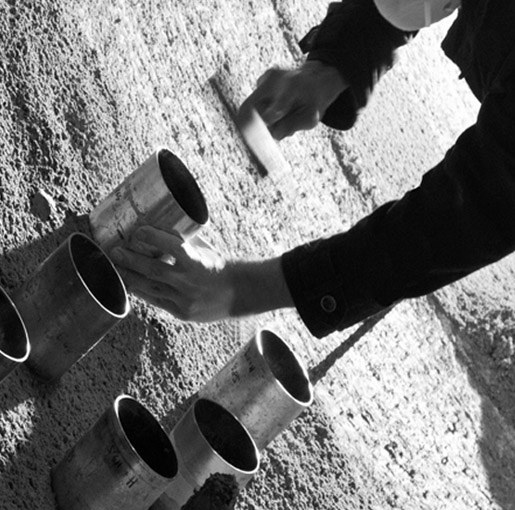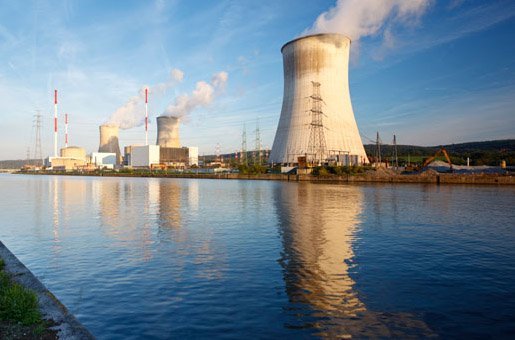Nuclear
Concrete is an essential part of structures involved in the production of nuclear energy and nuclear waste storage. Due to the specific nature of nuclear material, stringent long-term durability requirements must be met to enforce public safety and clean energy production.
Another important consideration when looking at the Nuclear Power industry is the management of radioactive waste. Many countries in the world are actively working together on developing effective solutions to dispose of these hazardous wastes. Currently, this involves building underground or aboveground geological repositories which is the only way to dispose of these wastes, but it remains a major challenge. According to the U.S. National Academy of Sciences, it will take 3 million years for radioactive waste stored in the U.S. since 1983 to decay to background levels.
SIMCO’s predictive tools, testing methods and analysis techniques help to provide long-term durability solutions to owners, operators and engineers that are dealing with degrading concrete elements in nuclear power plants. Concrete elements such as cooling towers, intake pipes, and supporting columns for example, are exposed to aggressive environments that slowly reduce their capacity to act as initially designed. SIMCO offers its full range of services (material testing, on-site inspection, in-depth engineering analyses, predictive modeling, etc.) to provide solutions that extend the service-life expectancy of concrete elements and add value to nuclear energy production assets. SIMCO’s services and predictive tools are also used to assist engineers who are conducting performance assessments of storage sites in order to validate long-term durability of concrete barriers.
Featured Projects
To know more about our project experience or to tell us about your project

Cementitious Barriers Partnership (CBP)
Cementitious Barriers Partnership (CBP)
Development of Computational Tools to Improve the Understanding & Prediction of Cementitious Barrier Performance

ASCET Program
ASCET Program
The objective of the ASCET program is to perform a worldwide review of research work in the field of concrete degradation mechanisms.

